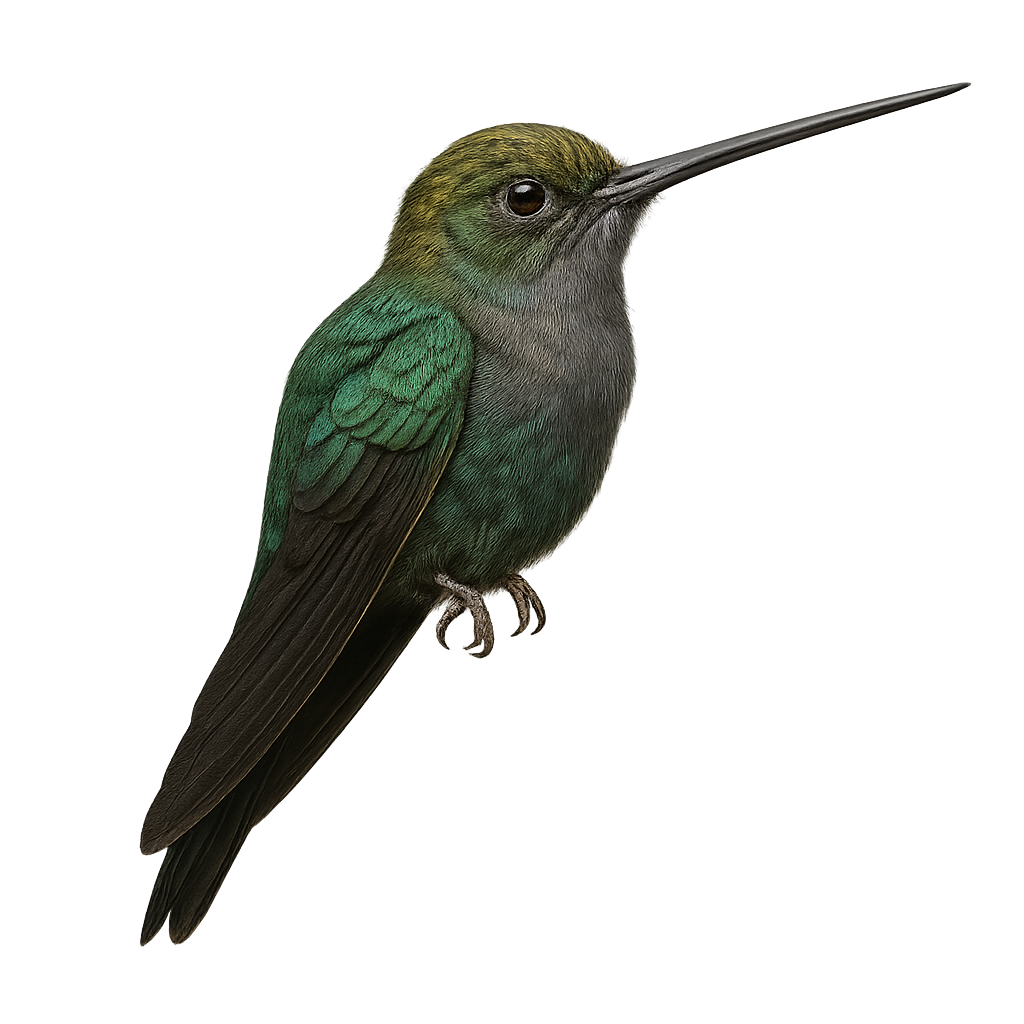Your wildlife photography guide.
Explore the green-fronted lancebill in detail, study its behavior, prepare your shots.
Where to observe and photograph the green-fronted lancebill in the wild
Learn where and when to spot the green-fronted lancebill in the wild, how to identify the species based on distinctive features, and what natural environments it inhabits. The WildlifePhotographer app offers tailored photography tips that reflect the green-fronted lancebill’s behavior, helping you capture better wildlife images. Explore the full species profile for key information including description, habitat, active periods, and approach techniques.
Green-fronted Lancebill
Scientific name: Doryfera ludovicae

IUCN Status: Least concern
Family: TROCHILIDAE
Group: Birds
Sensitivity to human approach: Suspicious
Minimum approach distance: 5 m
Courtship display: March to April
Incubation: 16-18 jours
Hatchings: March to May
Habitat:
Humid forests, mountainous regions, forest edges
Activity period :
Primarily active during the day, with peak activity in the morning and late afternoon.
Identification and description:
The Green-fronted Lancebill, or Doryfera ludovicae, is a captivating small bird belonging to the Trochilidae family. This hummingbird is noted for its striking plumage, featuring a metallic green head and a body with shades of blue and green. It is primarily found in the humid forests of mountainous regions in Central and South America, where it feeds mainly on nectar, but also on insects caught in flight. Its long, slender bill is perfectly adapted to reach the nectar of tubular flowers. The Green-fronted Lancebill is a diurnal bird, active mainly at dawn and dusk. Although its conservation status is currently assessed as "least concern," deforestation and habitat loss pose potential threats to its population.
Recommended lens:
400 mm – adjust based on distance, desired framing (portrait or habitat), and approach conditions.
Photography tips:
To photograph the Green-fronted Lancebill, it is advisable to use a telephoto lens of 400 mm or more to capture the details of its striking plumage without disturbing it. Opt for morning or late afternoon hours when the natural light is soft and highlights the bird's metallic colors. Be patient and wait for it to approach flowers to feed, allowing you to capture dynamic images. Use a fast shutter speed to freeze the rapid movement of its wings.
The WildlifePhotographer App is coming soon!
Be the first to explore the best nature spots, track rutting seasons, log your observations, and observe more wildlife.
Already 1 439 wildlife lovers subscribed worldwide

